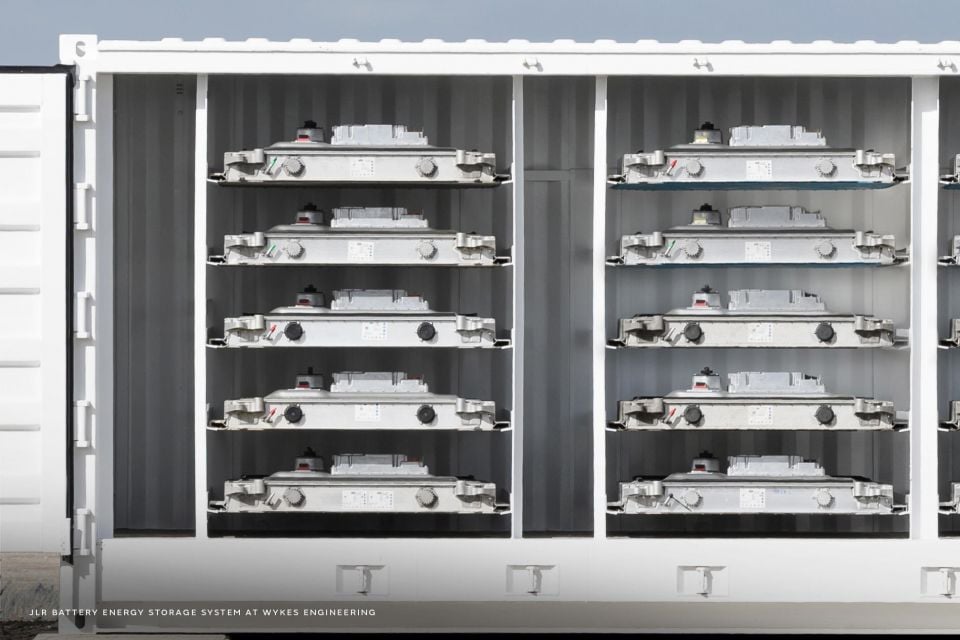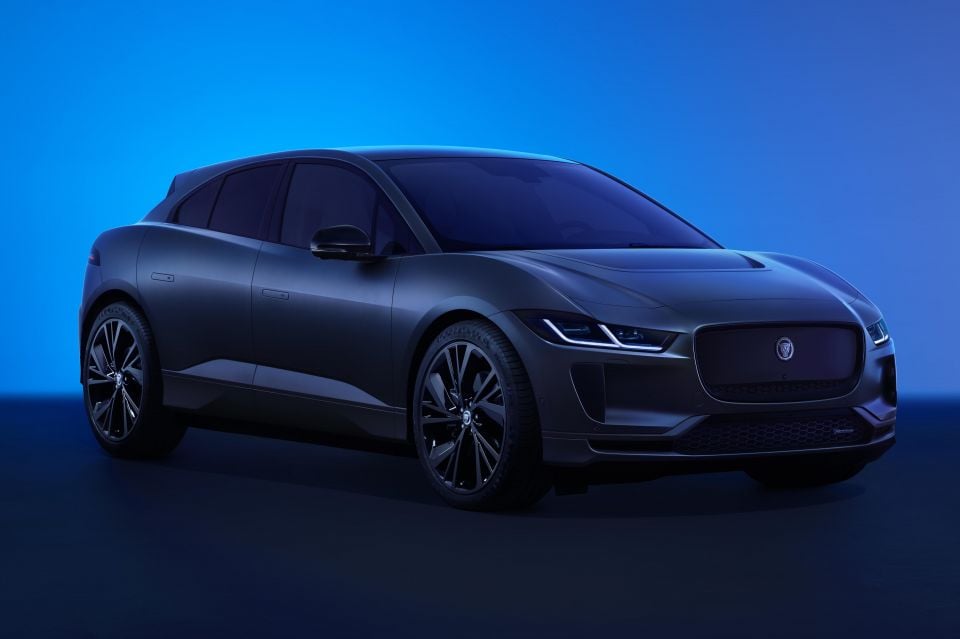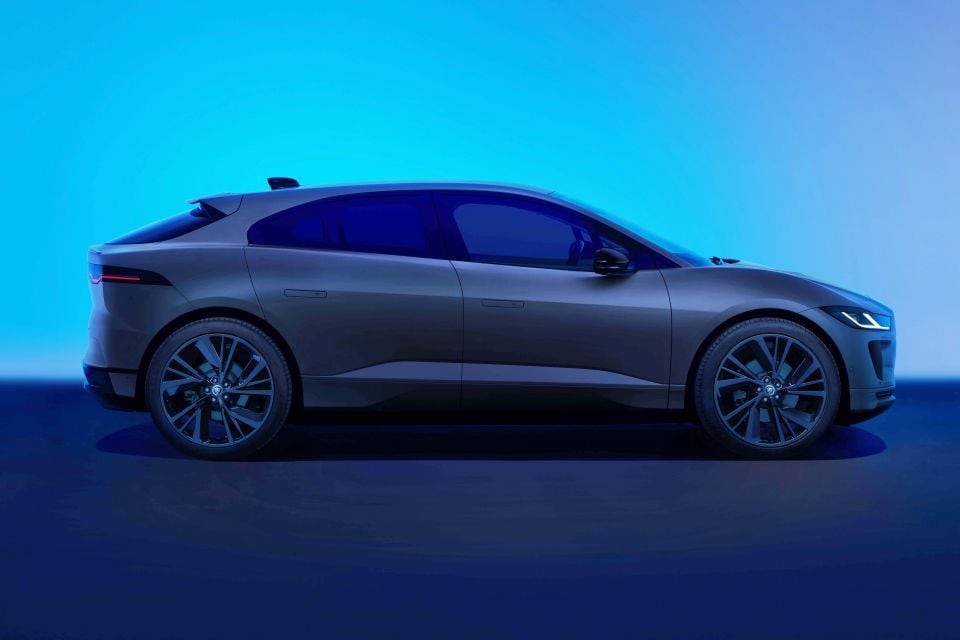

Max Davies
How Audi, BMW, Honda, Mercedes-Benz, and Suzuki started out in Australia, and where they are now
12 Hours Ago
JLR has found an inventive way to reuse old Jaguar I-Pace batteries.
The company, previously known as Jaguar Land Rover, has partnered with Wykes Engineering Ltd to build a large energy storage network using second-life batteries from its only electric vehicle (EV) thus far.
Wykes Engineering specialises in the renewable energy sector and will develop a Battery Energy Storage System or BESS from I-Pace batteries. The BESS will be one of the largest electrical storage facilities in the UK and is aimed at making the national grid more efficient.
“One of the major benefits of the system we’ve developed is that the containers are connected to the grid in such a way that they can absorb solar energy that could otherwise be lost when the grid reaches capacity,” said Wykes Engineering managing director David Wykes.

In an effort to maximise efficiency and sustainability, Wykes Engineering and JLR have designed the second-life batteries to seamlessly integrate into the storage system. The batteries don’t require any modifications.
They will be able to store excess energy from renewable generators such as solar or wind farms. This stored electricity can then be fed back into the grid as needed.
These batteries can also draw power from the grid in off-peak scenarios to store for later use.
30 second-life I-Pace batteries will be able to store up to 2.5 MWh of energy, enough to power up to 250 homes for a day, the company claims.

JLR aims to provide enough batteries to store 7.5MWh of energy by the end of 2023, or enough to power 750 homes for a day.
The company says it will redeploy batteries to “low-energy situations” once their health falls below the “stringent requirements of an electric vehicle” – typically around 70-80 per cent residual capacity.
In Australia, the Jaguar I-Pace is available with a 90kWh battery pack that provides a driving range of 470km on the WLTP cycle.
Despite being Jaguar’s only electric vehicle, the I-Pace won’t survive even as the brand transitions to an EV-only line-up in 2025.

JLR is not alone in reusing second-life EV batteries.
Nissan has partnered with 4R Energy Corporation and East Japan Railway Company to power railway crossings in the case of a power outage using repurposed Leaf batteries, while also deploying them to partially power the production of components at its casting plant in Dandenong, Victoria.
Groupe Renault and Audi are also converting second-life EV batteries into energy storage.
JLR cites data from a McKinsey study that found facilities using second-life batteries could exceed 200 gigawatt-hours of energy storage per year by 2030.
The global value of this industry could exceed US$30 billion (A$46.3bn) by 2030.
MORE: Everything Jaguar I-Pace
Where expert car reviews meet expert car buying – CarExpert gives you trusted advice, personalised service and real savings on your next new car.


Max Davies
12 Hours Ago


William Stopford
12 Hours Ago


Derek Fung
13 Hours Ago


Max Davies
20 Hours Ago


William Stopford
2 Days Ago


Ben Zachariah
2 Days Ago